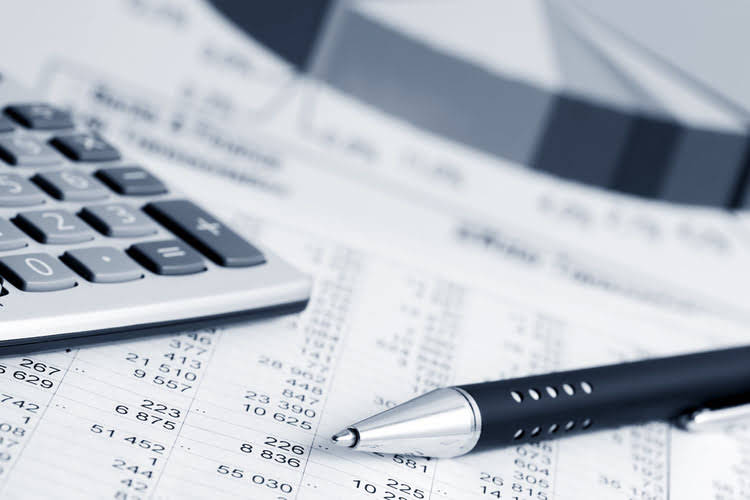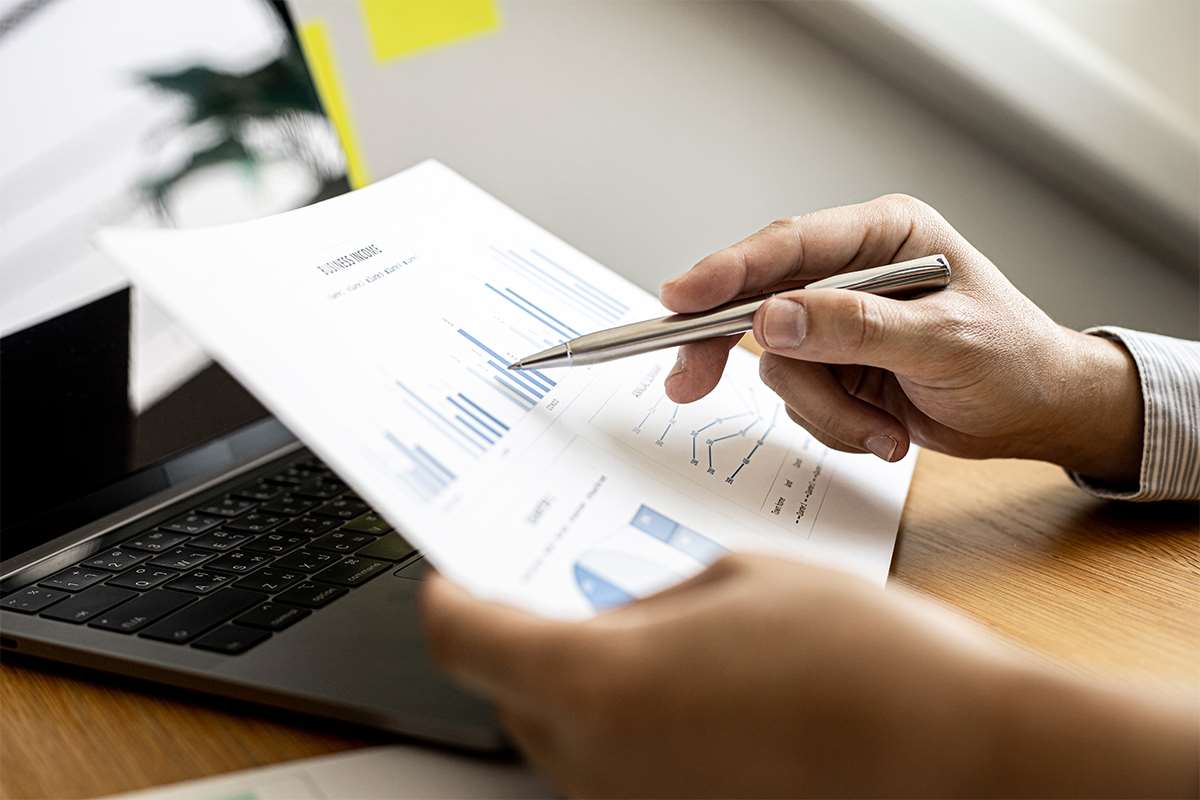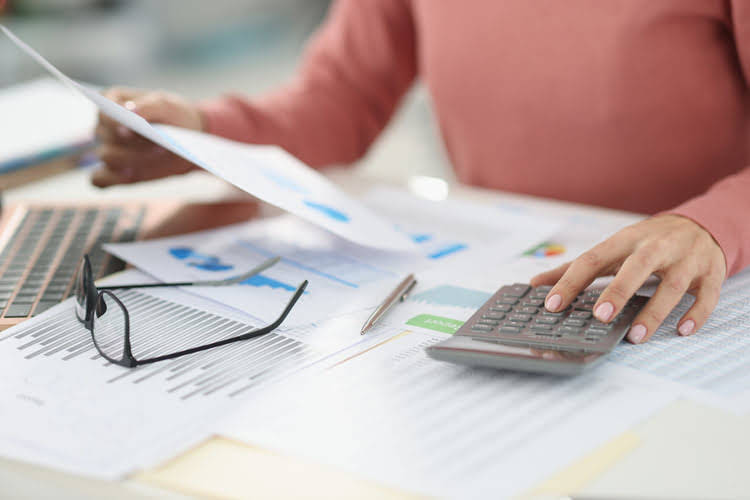
Bench simplifies your small business accounting by combining intuitive software that automates the busywork with real, professional human support. The beginning of period (BoP) book value Bookkeeping for Veterinarians of the PP&E for Year 1 is linked to our purchase cost cell, i.e. Now that we have a beginning value and DDB rate, we can fill up the 2022 depreciation expense column.
- They also report higher depreciation in earlier years and lower depreciation in later years.
- It’s a good way to see the formula in action—and understand what kind of impact double declining depreciation might have on your finances.
- Get instant access to video lessons taught by experienced investment bankers.
- By the end of this guide, you’ll be equipped to make informed decisions about asset depreciation for your business.
- Since we already have an ending book value, let’s squeeze in the 2026 depreciation expense by deducting $1,250 from $1,620.
- A variation on this method is the 150% declining balance method, which substitutes 1.5 for the 2.0 figure used in the calculation.
- That’s why depreciation expense is lower in the later years because of the fixed asset’s decreased efficiency and high maintenance cost.
DDB Depreciation Formula
- If the beginning book value is equal (or almost equal) with the salvage value, don’t apply the DDB rate.
- To calculate the depreciation expense of subsequent periods, we need to apply the depreciation rate to the laptop’s carrying value at the start of each accounting period of its life.
- This is to ensure that we do not depreciate an asset below the amount we can recover by selling it.
- So your annual write-offs are more stable over time, which makes income easier to predict.
- Our Financial Close Software is designed to create detailed month-end close plans with specific close tasks that can be assigned to various accounting professionals, reducing the month-end close time by 30%.
In the accounting period in which an asset is acquired, the depreciation expense calculation needs to account for the fact that the asset has been available only for a part of the period (partial year). The following section explains the step-by-step process for calculating the depreciation expense in the first year, mid-years, and the asset’s final year. Unlike the straight-line method, the double-declining method depreciates a higher portion of the asset’s cost in the early years and reduces the amount of expense charged in later years. Typically, accountants switch from double declining to straight line in the year when the straight line method would depreciate more than double declining. For instance, in the fourth year of our example, you’d depreciate $2,592 using the double declining method, or $3,240 using straight line.
Disadvantages of Double Declining Balance Depreciation

That’s why depreciation expense is lower in the later years because of the fixed asset’s decreased efficiency and high maintenance cost. To calculate the depreciation expense of subsequent periods, Accounting Periods and Methods we need to apply the depreciation rate to the laptop’s carrying value at the start of each accounting period of its life. Bottom line—calculating depreciation with the double declining balance method is more complicated than using straight line depreciation. And if it’s your first time filing with this method, you may want to talk to an accountant to make sure you don’t make any costly mistakes.

How to calculate Depreciation
Enter the straight line depreciation rate in the double declining depreciation formula, along with the book value for this year. However, note that eventually, we must switch from using the double declining method of depreciation in order for the salvage value assumption to be met. Since we’re multiplying by a fixed rate, there will continuously be some residual value left over, irrespective of how much time passes. With our straight-line depreciation rate calculated, our next step is to simply multiply that straight-line depreciation rate by 2x to determine the double declining depreciation rate. Multiply the straight line depreciation rate by 2 to get the double declining depreciation rate.
(An example might be an apple tree that produces fewer and fewer apples as the years go by.) Naturally, you have to pay taxes on that income. But you can reduce that tax obligation by writing off more of the asset early on. As years go by and you deduct less of the asset’s value, you’ll also be making less income from the asset—so the two balance out. Learn how to build, read, and use financial statements for your business so you can make more informed decisions. Our intuitive software automates the busywork with powerful tools and features designed to help you simplify your financial management and make informed business decisions. double declining balance method Our solution has the ability to record transactions, which will be automatically posted into the ERP, automating 70% of your account reconciliation process.


In case of any confusion, you can refer to the step by step explanation of the process below. An exception to this rule is when an asset is disposed before its final year of its useful life, i.e. in one of its middle years. In that case, we will charge depreciation only for the time the asset was still in use (partial year). Like in the first year calculation, we will use a time factor for the number of months the asset was in use but multiply it by its carrying value at the start of the period instead of its cost.
